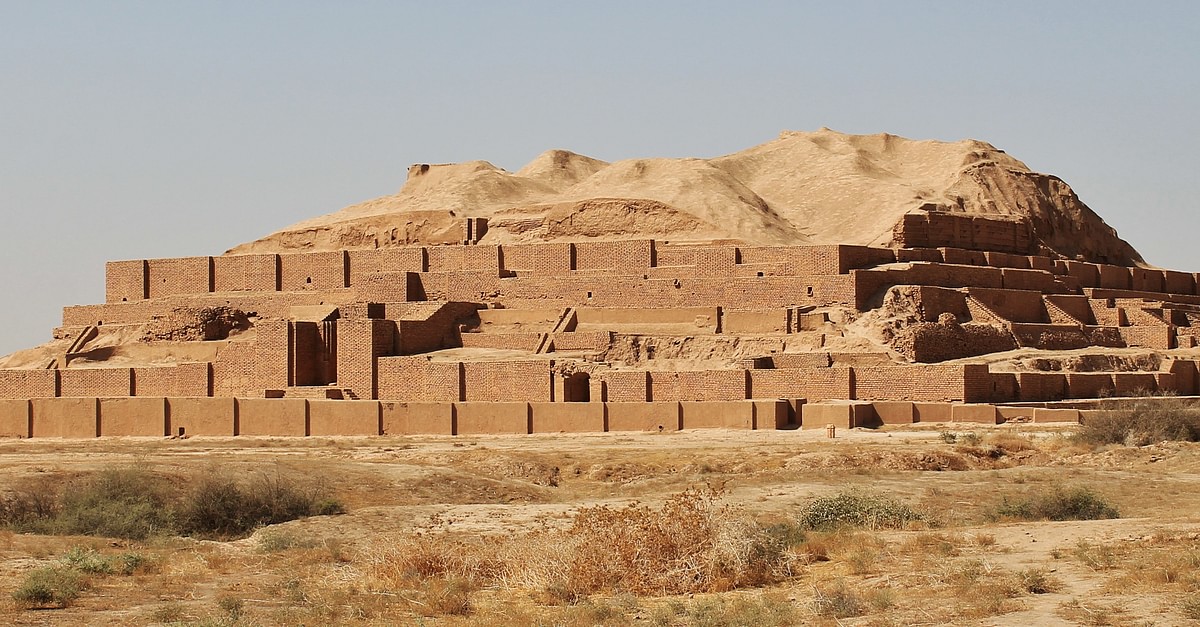
"Elam was a region in the Near East corresponding to the modern-day provinces of Ilam and Khuzestan in southern Iran (though it also included part of modern-day southern Iraq) whose civilization spanned thousands of years from circa 3200 to circa 539 BCE. The name comes from the Akkadian and Sumerian for "highlands" or "high country," while the Elamites referred to their land as Haltami (or Haltamti), which seems to have had the same meaning."
"Their language corresponds to no other and was only recently deciphered between 2017 and 2020. Prior to this breakthrough, their early history was known from Mesopotamian sources, as their language was preserved in cuneiform script after their contact with the Sumerians. The origin of the Elamites is considered as mysterious as their language once was, but they were most likely the indigenous people of the Iranian Plateau whose culture first began to develop during the Mesopotamian Ubaid Period (c. 5000-4100 BCE)."
Elam occupied the highlands of the Near East corresponding to modern Ilam and Khuzestan provinces in southern Iran and parts of southern Iraq. The name derives from Akkadian and Sumerian words meaning "highlands," while the Elamites called their land Haltami or Haltamti. The civilization spanned roughly 3200–539 BCE through Proto-Elamite, Old, Middle, and Neo-Elamite periods. The Elamite language is a language isolate that was deciphered only between 2017 and 2020, with earlier knowledge derived from Mesopotamian cuneiform sources. The people likely originated on the Iranian Plateau during the Ubaid Period. Elamite cultural and linguistic influence continued into the Achaemenid era.
Read at World History Encyclopedia
Unable to calculate read time
Collection
[
|
...
]